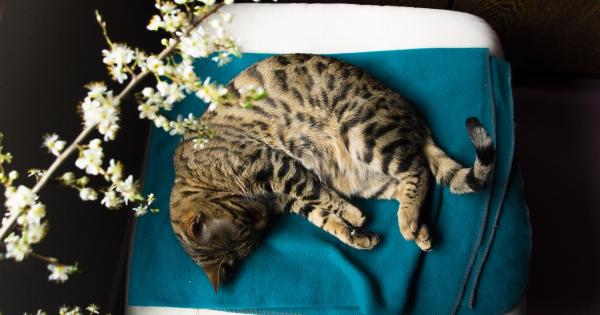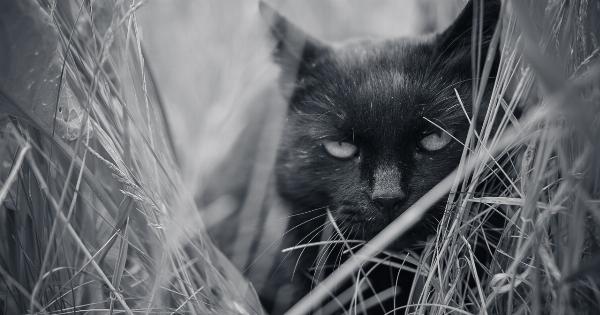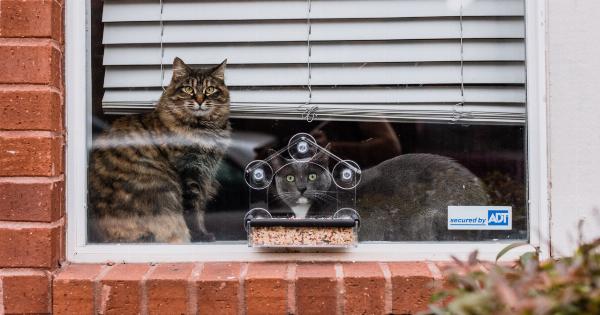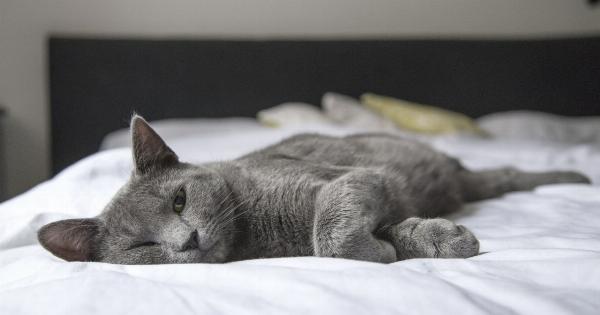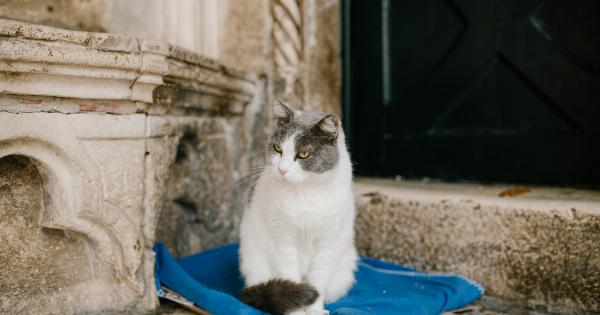Cats are known for their mysterious and unpredictable personalities. This can make it difficult for pet owners to determine when their feline friend is happy or upset.
Understanding your cat’s moods can help you provide better care and create a stronger bond with your pet. Here are some key signs to look for when decoding your cat’s mood:.
Signs of a Happy Cat
When your cat is feeling happy and content, their body language and behavior will show it. Here are some signs to look for:.
Purring
Cats often purr when they are happy and relaxed. This is a sign that they are feeling content and comfortable in their environment.
If your cat is purring while sitting on your lap or curled up next to you, it is a sign that they trust and feel safe with you.
Head Bunting
Cats will often rub their heads against their favorite people or objects as a sign of affection. This behavior is known as head bunting and is a way for cats to mark their territory and show their love for you.
If your cat head butts you or rubs their head against your leg, it is a sign that they are happy and comfortable with you.
Tail Position
The position of your cat’s tail can also indicate how they are feeling. A happy cat will often hold their tail upright or in a relaxed position.
If your cat’s tail is puffed up or tucked under their body, they may be feeling scared or nervous.
Playfulness
A happy cat will often be playful and energetic. They may chase after toys or playfully attack their favorite objects. This is a sign that they are feeling content and comfortable in their environment.
Encouraging playtime is a great way to bond with your cat and provide them with mental stimulation.
Signs of an Upset Cat
While cats may try to hide their emotions, there are some signs that can indicate when they are feeling upset or unhappy. Here are some key signs to look for:.
Growling and Hissing
Growling and hissing are signs that your cat is feeling threatened or scared. If your cat is growling or hissing at you or other pets in the household, it is important to give them space and avoid causing them any further stress.
Loud noises or sudden movements can also trigger this behavior, so it is important to create a calm and quiet environment for your cat.
Excessive Grooming
If your cat is licking or grooming themselves excessively, it may be a sign that they are feeling anxious or stressed.
This behavior can lead to hair loss and skin irritation, so it is important to address the root cause of your cat’s anxiety and provide them with appropriate care and attention.
Withdrawal
If your cat is hiding or avoiding contact with you or other family members, it may be a sign that they are feeling upset or stressed.
This behavior can be triggered by changes in their environment or routine, such as the addition of a new pet or member of the household. Providing your cat with a safe and quiet space can help them feel more secure and comfortable.
Aggression
Aggression is a sign that your cat is feeling threatened or scared. If your cat is biting or scratching you or other pets, it is important to seek the advice of a veterinarian or professional trainer.
They can help you identify the root cause of your cat’s aggression and provide you with strategies for managing their behavior.
Conclusion
Understanding your cat’s moods and emotions can help you provide better care and create a stronger bond with your pet.
By paying attention to their body language and behavior, you can determine when your cat is feeling happy and content, or when they are upset and stressed. By providing your cat with appropriate care and attention, you can help them feel secure and comfortable in their environment.






